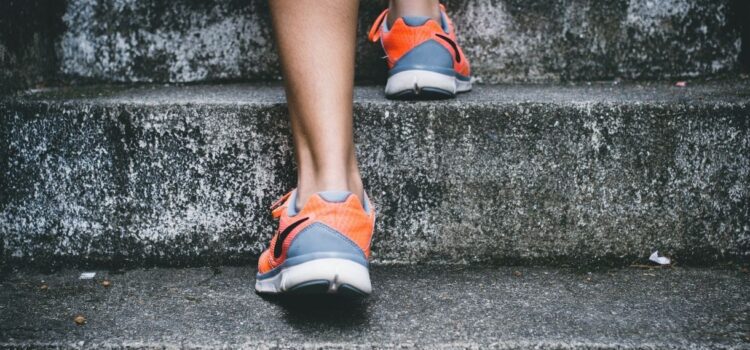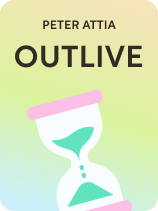

This article is an excerpt from the Shortform book guide to "Outlive" by Peter Attia. Shortform has the world's best summaries and analyses of books you should be reading.
Like this article? Sign up for a free trial here.
How intense is Zone 2 exercise? What are its benefits? How much of it should you do every week?
According to physician Peter Attia, Zone 2 exercise is part and parcel of a long and healthy life. He contends that the earlier you start building a healthful exercise habit, the better chance you have of circumventing mental and physical decline.
Continue reading to learn about Attia’s Zone 2 exercise recommendations.
Peter Attia on Zone 2 Exercise
Exercise experts describe the intensity of a given exercise using one of five “zones.” Zone 2 is light to moderate exercise: pushing yourself just hard enough that it’s slightly uncomfortable to speak.
(Shortform note: You may encounter a personal trainer or piece of gym equipment that describes exercise intensity in terms of metabolic equivalents, or METs, rather than “zones.” This refers to the amount of energy you exert during a given activity in proportion to the energy you spend at rest. The light-to-moderate exercise Attia prescribes here would have a MET value of six or seven, meaning you expend six or seven times more energy than you would lying down.)
According to Peter Attia, Zone 2 exercise is beneficial because it causes your cells to produce more high-quality mitochondria—organelles in your cells that metabolize glucose and fatty acids into energy. The more mitochondria you have and the stronger they are, the more fat and glucose they can burn. This frees up storage space for calories you eat that would otherwise cause metabolic dysfunction.
(Shortform note: The idea that Zone 2 endurance exercise is the best way to produce high-quality mitochondria is debated among experts. One study in which the same subjects trained each of their legs differently—one with continuous endurance exercise and the other with shorter, repeated bursts of more intense exercise—found that intense intervals yielded a greater number of mitochondria as well as stronger, more efficient mitochondria. However, another study found a contradictory result, concluding that continuous endurance exercise can increase your mitochondria count when intervals can’t. If you want to avoid metabolic dysfunction, regularly practicing both types of exercise may be your best bet.)
Attia recommends that the average person engage in Zone 2 exercise for at least three hours a week. That said, if you’re recovering from a sedentary lifestyle, Attia notes that two 30-minute sessions per week are enough to drastically reform your health.
(Shortform note: Attia’s recommendation of three hours a week is slightly higher than the 150 minutes (2.5 hours) recommended by the US Department of Health and Human Services. This may be because Zone 2 exercise is slightly less intense than what most experts prescribe—therefore, you’d need to spend longer doing it to reap the same benefits. If this demand—or the lesser demand of two 30-minute sessions a week—feels so daunting that it’s difficult to motivate yourself to do it, experts recommend spreading this exercise time throughout the day so each session feels more manageable. Even short three-minute exercises can add up to substantial health benefits.)

———End of Preview———
Like what you just read? Read the rest of the world's best book summary and analysis of Peter Attia's "Outlive" at Shortform.
Here's what you'll find in our full Outlive summary:
- A guide on how to extend the active and fulfilling part of your life
- How to circumvent the mental and physical decline that often comes with age
- The one chronic condition that can cause four of the most deadly diseases






